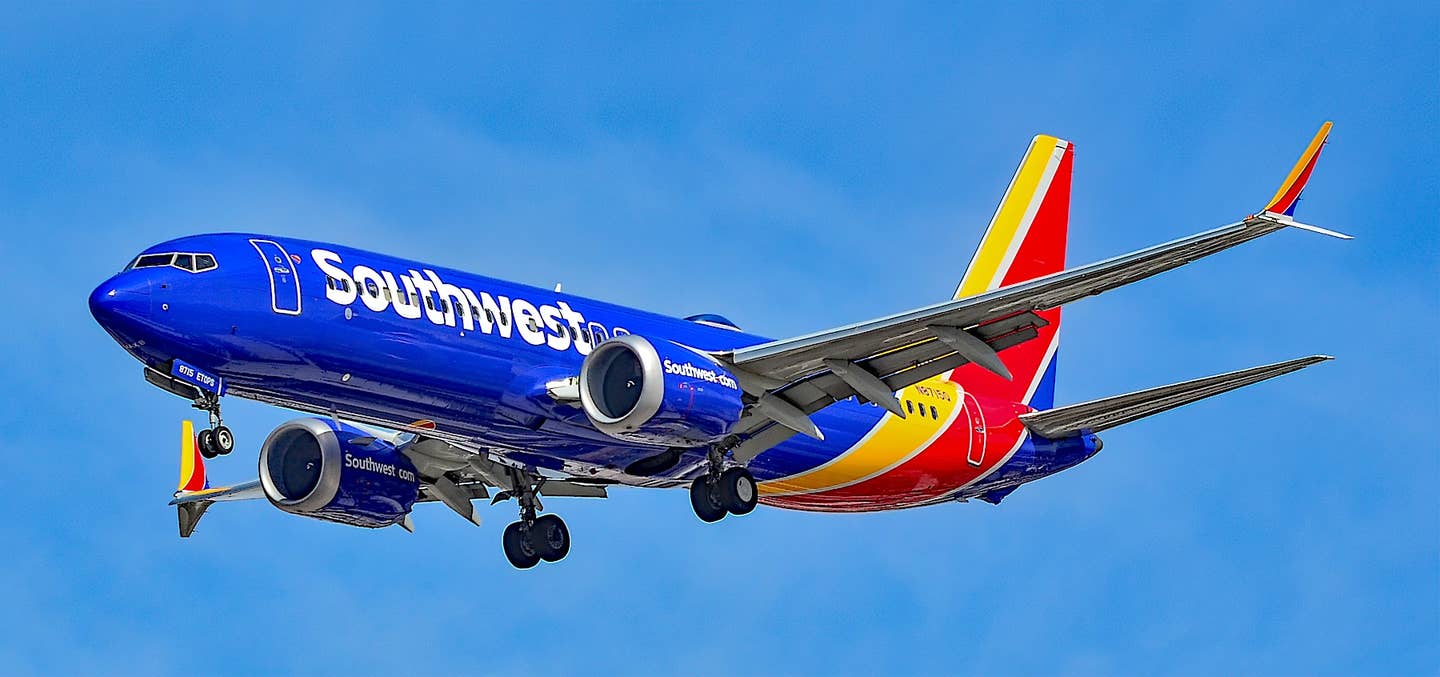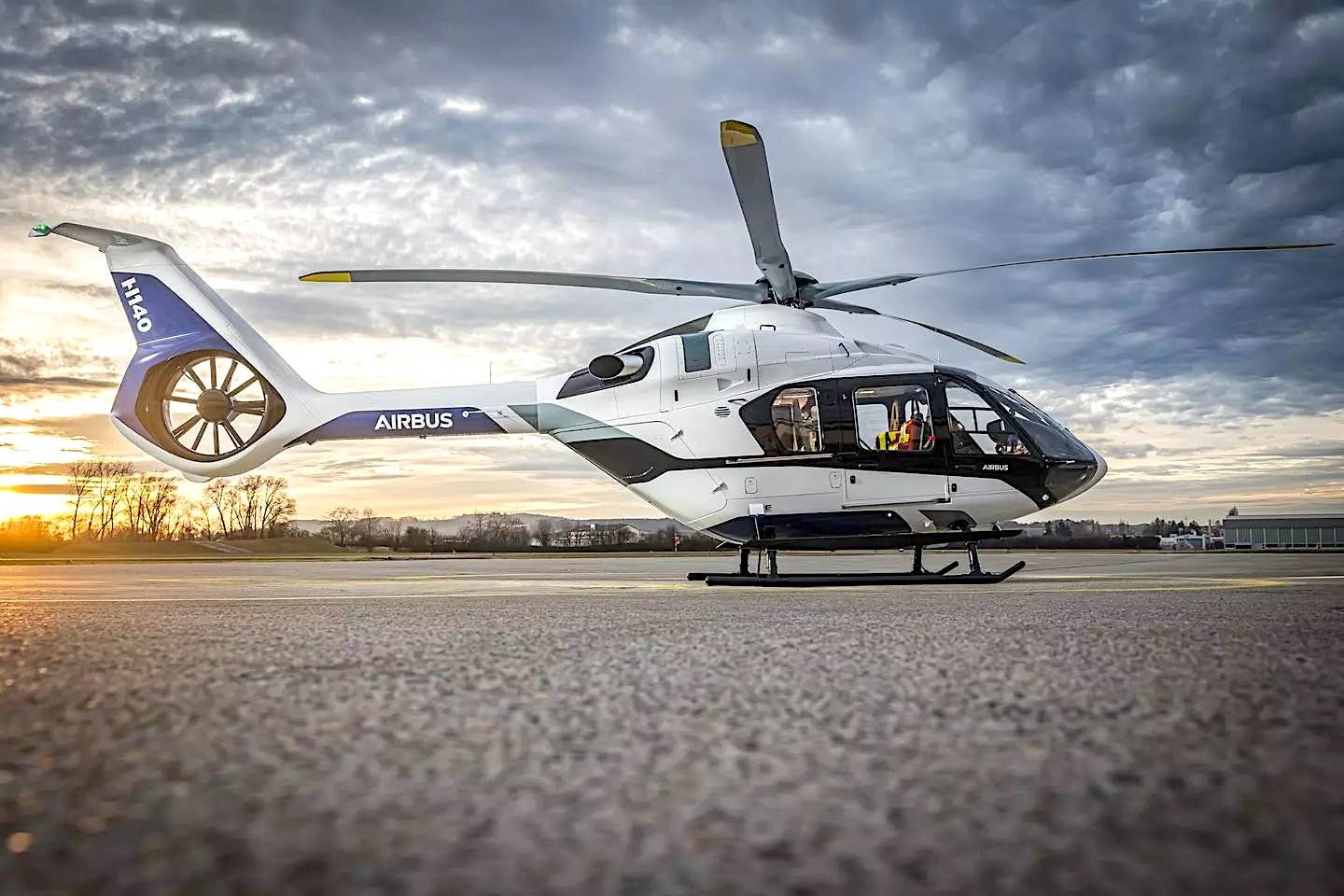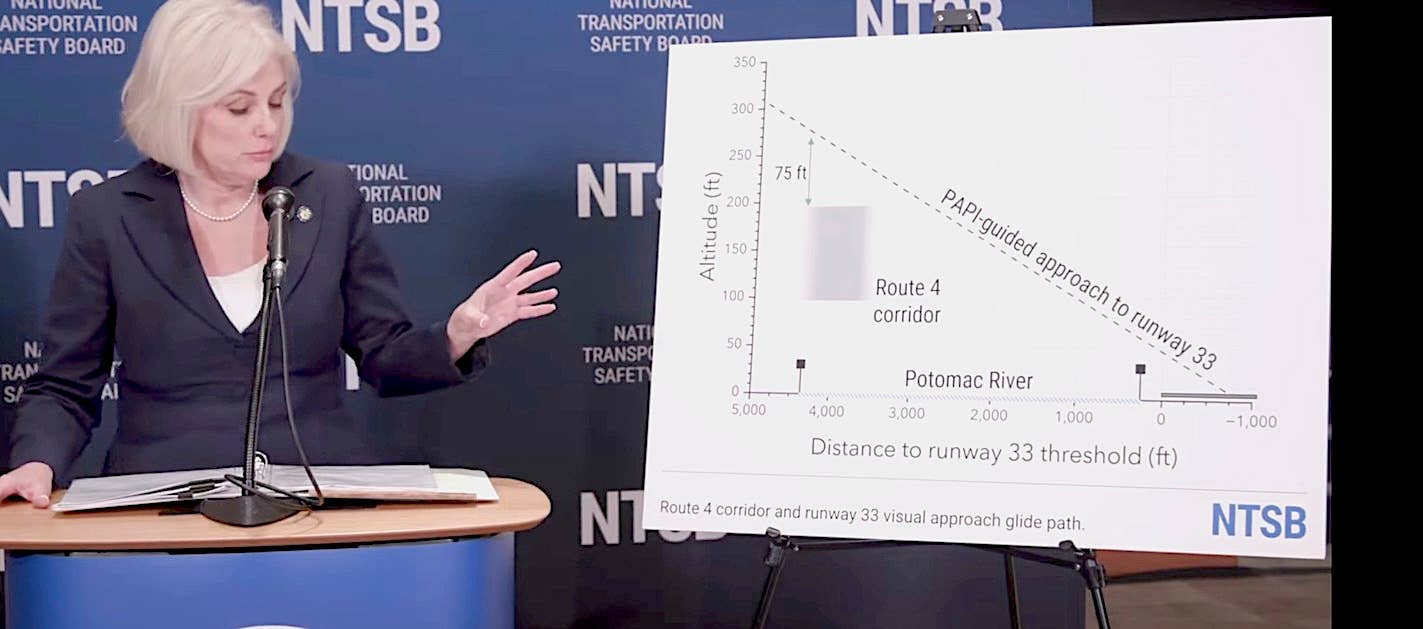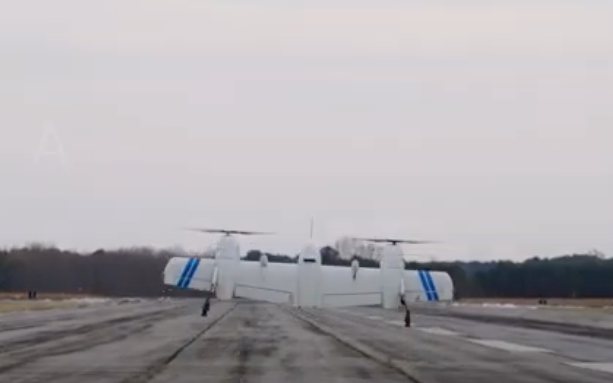Carbon Monoxide Poisoning Linked To Piper Crash
Carbon monoxide poisoning likely played a key role in the fatal accident of a 1984 Piper Malibu carrying soccer star Emiliano Sala, according to a special bulletin issued by the…
Carbon monoxide poisoning likely played a key role in the fatal accident of a 1984 Piper Malibu carrying soccer star Emiliano Sala, according to a special bulletin issued by the U.K.’s Air Accidents Investigation Branch (AAIB) on Wednesday. As previously reported by AVweb, the aircraft went down in the English Channel 22 NM northwest of the island of Guernsey on Jan. 21, 2019, and no distress calls were received prior to the accident. Sala’s body was recovered from the wreckage, but pilot David Ibbotson’s remains have not been found.
The bulletin states that toxicology tests showed a carboxyhaemoglobin (COHb) saturation level of 58 percent, indicating Sala was exposed to high levels of carbon monoxide (CO) and suggesting that Ibbotson was almost certainly exposed to similar CO levels. COHb levels of 50 percent and above are associated with symptoms including seizures, unconsciousness and heart attacks and are considered to be potentially fatal to otherwise healthy individuals. The accident investigation is ongoing, with the AAIB reporting that it is working with the NTSB and aircraft and engine manufacturers to identify “possible pathways through which CO might enter the cabin of this type of aircraft.”
Although its findings aren’t yet final, the AAIB says it issued the Special Bulletin (PDF), the second related to the accident, “to raise awareness within the General Aviation community of the dangers of exposure to CO and the measures available to detect its presence in the cabin in order to mitigate this potentially fatal risk.” While not mandatory under either EASA or the FAA regulations, the AAIB is suggesting pilots carry CO detection devices when flying. It is also asking that pilots familiarize themselves with warning signs of CO leaks and symptoms of CO exposure, along with actions to be taken if the presence of CO is suspected in the cockpit.






